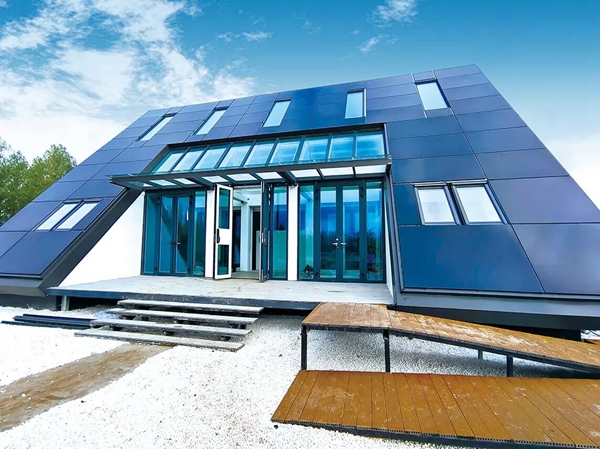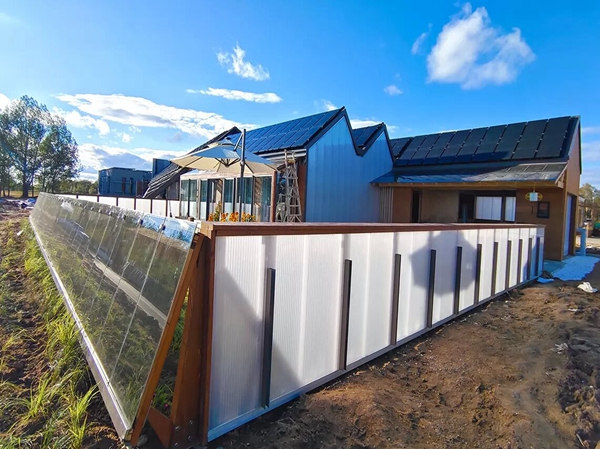Jan. 06, 2024
BIPV refers to Building Integrated Photovoltaics, that is, building integrated photovoltaics. This is a method of integrating solar photovoltaic technology into buildings to generate electricity and replace traditional building materials. BIPV systems convert sunlight into electrical energy by embedding photovoltaic elements into the surface or structure of a building, while achieving the functionality and decoration of the building.
It has many advantages, we will focus on whether Is BIPV the best choice for solar power generation.

Building-integrated photovoltaics (BIPV) cleverly integrates solar technology into the building structure, not only creating a unique appearance aesthetically but also maximizing the use of building surfaces and making full use of space. Its transparent or translucent design integrates perfectly with the architecture and provides clean energy to the urban landscape. Through self-sufficient energy supply, BIPV not only reduces dependence on traditional power networks but also reduces the construction industry's demand for traditional materials, pushing the construction industry toward a more environmentally friendly and sustainable direction. BIPV's continuous innovation and technological progress in the field of solar energy are expected to further improve its efficiency and promote the development of renewable energy.
The higher cost of adopting building-integrated photovoltaic (BIPV) systems is a disadvantage that cannot be ignored. However, these costs can be seen as replacing the cost of other building materials and traditional solar equipment. Over time, investments in BIPV systems can lead to substantial savings in terms of maintenance and sustainability. Although the initial cost is higher, BIPV is more durable, reducing expenditures on maintenance and replacement. Although the installation cost of BIPV may be higher than other solar systems, it can be considered a long-term investment because it combines the dual functions of building and solar equipment. As the BIPV market expands, costs are expected to gradually decrease and efficiency improve, making it more attractive.

Building-integrated photovoltaics (BIPV) has had a profound impact on sustainable construction. By integrating solar photovoltaic technology into the building structure, BIPV systems enable buildings to become renewable energy production units, reducing dependence on traditional energy sources. This clean energy production helps reduce greenhouse gas emissions and is consistent with the environmentally friendly and lower carbon footprint requirements of sustainable buildings. At the same time, BIPV uses sustainable materials to improve space efficiency and promote architectural aesthetics and design innovation. Its integrated design helps maximize the use of building surfaces, improve energy efficiency, achieve self-sufficiency, and reduce community dependence on traditional power grids. The visibility of BIPV also sets the mark of sustainable architecture in the community, promoting the sustainable development of the community. This innovative solution is expected to drive the construction industry in a more sustainable and green direction.
Overall, BIPV continues to innovate its role in the field of solar power generation and is expected to further improve efficiency and promote the development of renewable energy. In terms of sustainable construction, BIPV has had a profound impact by reducing reliance on traditional energy, lowering greenhouse gas emissions, and using sustainable materials and integrated design, setting an example for the sustainable development of communities. With the expansion of the BIPV market, the gradual reduction of costs, and the improvement of efficiency, BIPV is expected to become the best choice for the construction industry to pursue more sustainable and green development.